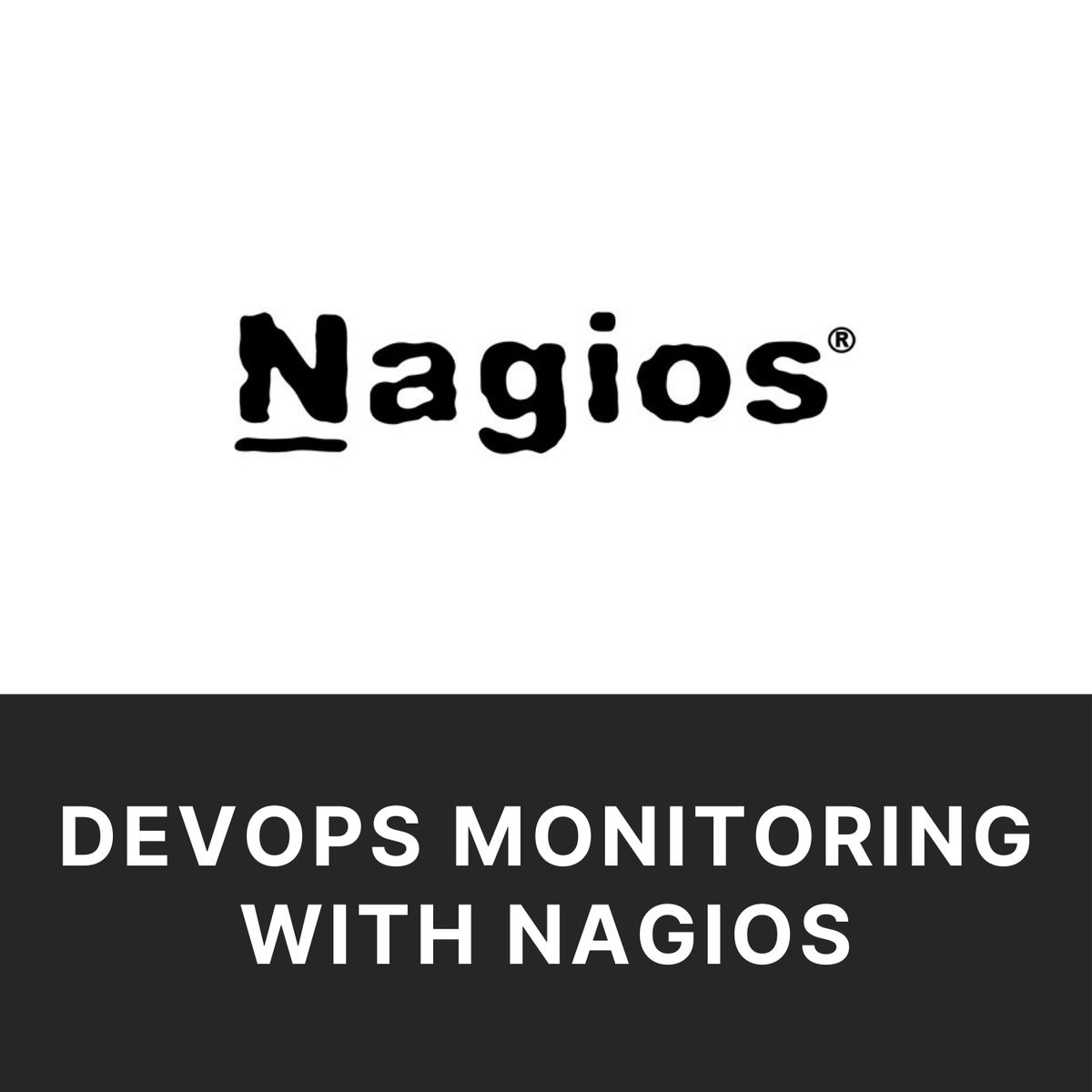
By the end of this course you will be able to configure your own Nagios server to monitor whatever resources you would like to monitor. You will also configure a second server to be monitored by the main server. This is what is known as monitoring in the typical DevOps lifecycle.
What's inside
Syllabus
Good to know
Save this course
Activities
Host a Nagios Study Group
Show steps
Foster collaboration and reinforce your Nagios knowledge by hosting a study group with peers, facilitating discussions, sharing insights, and working together to solve monitoring challenges.
Show steps
-
Gather a group of interested individuals who want to enhance their Nagios skills.
-
Plan regular meetings and establish clear goals for each session.
-
Take turns presenting on specific Nagios topics, leading discussions, and sharing case studies.
Practice Nagios Command-line Commands
Show steps
Familiarize yourself with the Nagios command-line interface and its various commands to effectively monitor and troubleshoot systems.
Show steps
-
Install and configure Nagios on a test system.
-
Practice using commands like 'nagios -v', 'nagios -l', and 'nagios -d' to gather information and debug issues.
-
Experiment with 'nagios -c' to check configuration files for errors.
Mentor Junior Professionals in Nagios
Show steps
Contribute to the Nagios community by mentoring junior professionals, sharing your knowledge, and guiding them in their monitoring journey, fostering their professional growth and expertise.
Show steps
-
Identify opportunities to connect with junior professionals in Nagios through online forums or networking events.
-
Offer guidance and support on Nagios implementation, troubleshooting, and best practices.
-
Provide constructive feedback and encourage professional development.
Show all three activities
Host a Nagios Study Group
Show steps
Foster collaboration and reinforce your Nagios knowledge by hosting a study group with peers, facilitating discussions, sharing insights, and working together to solve monitoring challenges.
Show steps
- Gather a group of interested individuals who want to enhance their Nagios skills.
- Plan regular meetings and establish clear goals for each session.
- Take turns presenting on specific Nagios topics, leading discussions, and sharing case studies.
Practice Nagios Command-line Commands
Show steps
Familiarize yourself with the Nagios command-line interface and its various commands to effectively monitor and troubleshoot systems.
Show steps
- Install and configure Nagios on a test system.
- Practice using commands like 'nagios -v', 'nagios -l', and 'nagios -d' to gather information and debug issues.
- Experiment with 'nagios -c' to check configuration files for errors.
Mentor Junior Professionals in Nagios
Show steps
Contribute to the Nagios community by mentoring junior professionals, sharing your knowledge, and guiding them in their monitoring journey, fostering their professional growth and expertise.
Show steps
- Identify opportunities to connect with junior professionals in Nagios through online forums or networking events.
- Offer guidance and support on Nagios implementation, troubleshooting, and best practices.
- Provide constructive feedback and encourage professional development.
Career center
DevOps Engineer
Site Reliability Engineer
Cloud Engineer
Network Engineer
Systems Engineer
Security Engineer
Database Administrator
IT Manager
Software Engineer
Data Scientist
Business Analyst
Project Manager
Quality Assurance Analyst
Technical Writer
Help Desk Technician
Reading list
Share
Similar courses
OpenCourser helps millions of learners each year. People visit us to learn workspace skills, ace their exams, and nurture their curiosity.
Our extensive catalog contains over 50,000 courses and twice as many books. Browse by search, by topic, or even by career interests. We'll match you to the right resources quickly.
Find this site helpful? Tell a friend about us.
We're supported by our community of learners. When you purchase or subscribe to courses and programs or purchase books, we may earn a commission from our partners.
Your purchases help us maintain our catalog and keep our servers humming without ads.
Thank you for supporting OpenCourser.



